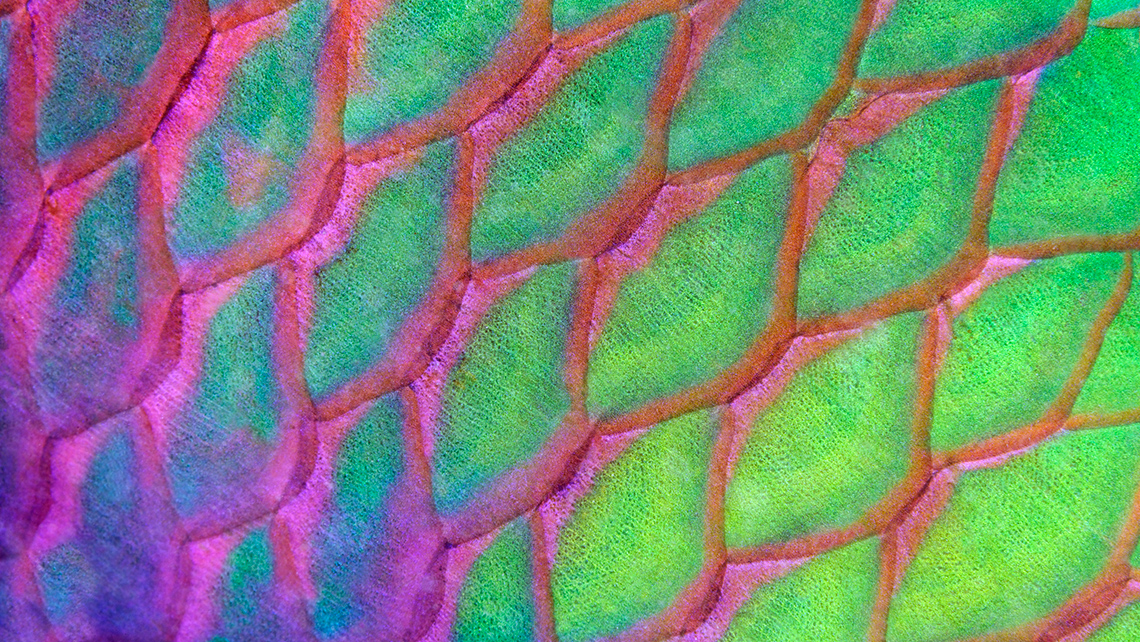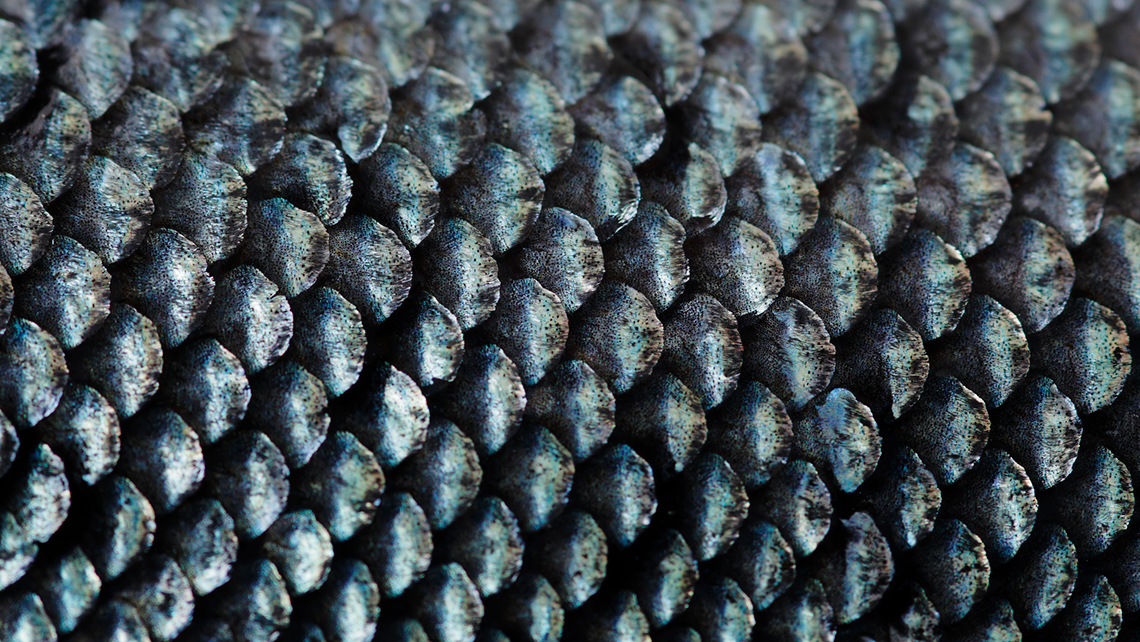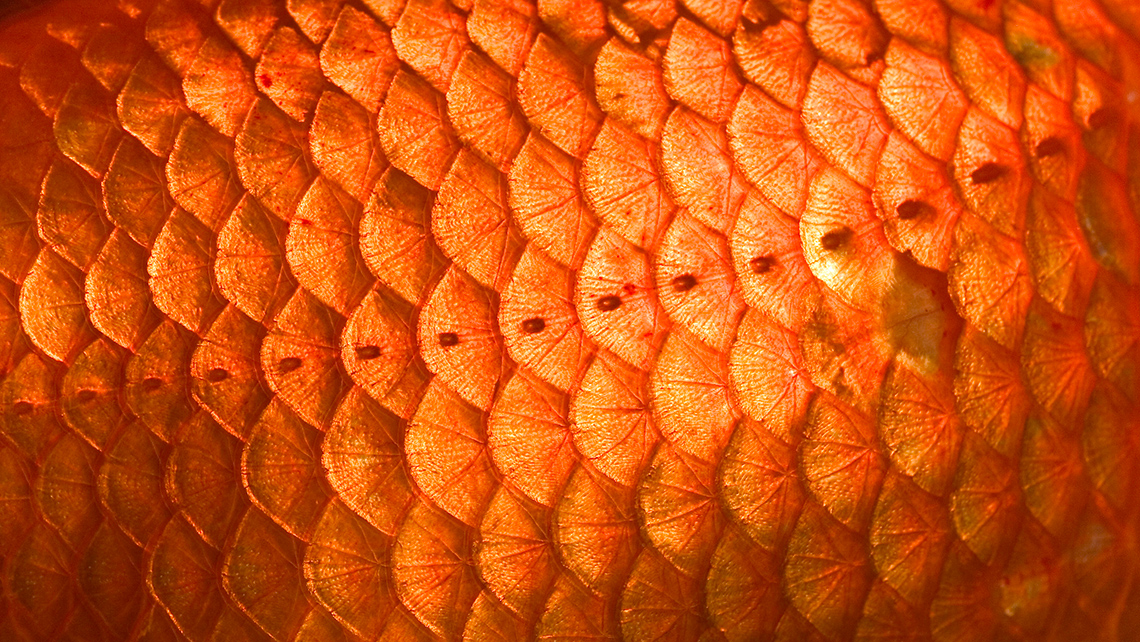Minds On
Let’s get started!
Let's explore some different types of textures. Some types of textures are: soft, smooth, rough, bumpy, and scaly.
What is texture?
An element of design. The feeling and appearance of a surface. Texture examples could be smooth, rough, furry, or soft. Texture can be the illusion of texture or real texture.
For each image, select the corresponding texture.
Action
Get ready, get set…
The word texture means something that can be touched and felt.
Some words artists use when they describe texture are rough, smooth, bumpy, hard, soft, and scaly.
How might an artist take a real texture and share the illusion of it in their artwork?
One way might be through creating patterns. A pattern is a design that repeats. The design could have repeating shapes and/or colours. This creates the illusion of texture.
What is an illusion?
Something that seems to be there but is not really there.
What is a pattern?
Art with a repeating design. The pattern can have lines and shapes. The pattern can have colour and texture.
Patterns in nature
The following patterns belong to a type of animal.
Can you guess what kind of animal would have these patterns?
Press ‘Answer’ to access the answer.
Go!
Gyotaku
How might an artist represent the texture of a fish in their art?
Gyotaku (gee-yo-taku) is the Japanese art of creating a print of fish caught by fisherman. Gyotaku began 200 years ago before the camera was invented! It is a way of taking a picture of the fish to celebrate and remember it.
Naoki Hayashi
Naoki Hayashi is a Hawaiian artist who creates Gyotaku prints.
Let's explore a Gyotaku print made by Naoki Hayashi.
What do you notice?
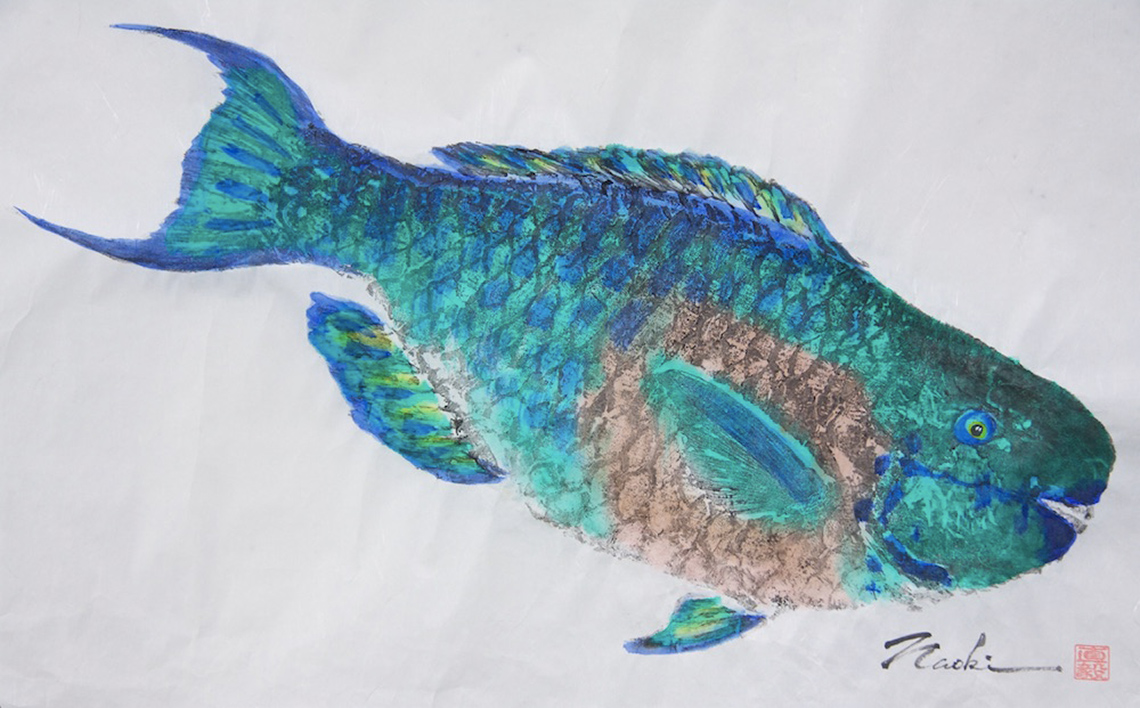
A parrotfish by Naoki Hayashi
Press the following tabs to access and explore the steps that Naoki Hayashi takes to create a Gyotaku print.
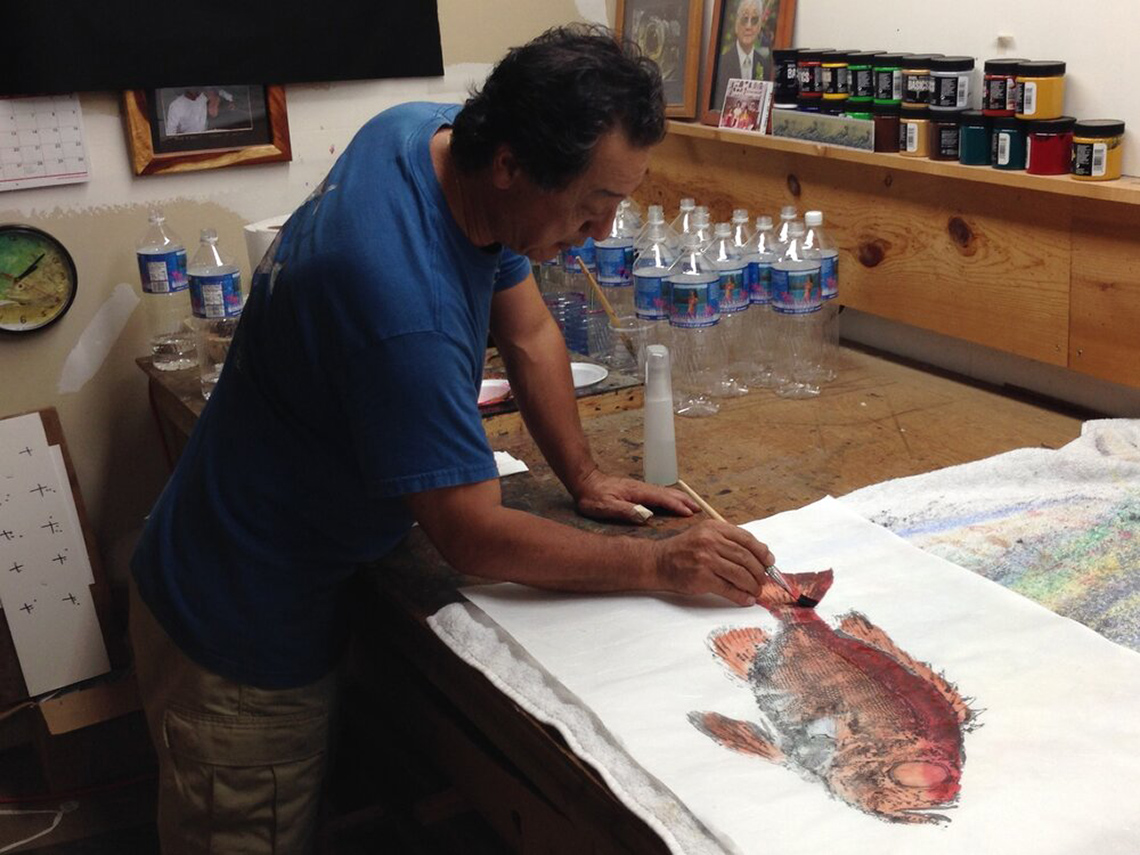
Naoki Hayashi adding special details to the fish print (Step 3).
Now that you have explored the steps, try putting them in order.
Consolidation
Putting it all together

Now that we have explored the steps of Gyotaku-style fish printing, we can use it as inspiration to create our own prints! While the artist Naoki has his own studio with special tools and materials for this style of print-making, we will be creating prints using the method of rubbing.
What is rubbing?
A method where you place an object over paper and rub a pencil or crayon on the paper to get the texture of the object.
Materials Needed
Materials needed
Possible materials you might need for this learning activity:
- a blank sheet of paper or art journal
- a pencil or wax crayons
- hard objects from around your space that have textures (e.g. building bricks, coins, leaves, plastic toys, paperclips etc.)
Safety
Before you begin:
Consider the following options to check out a few methods to create your art. Choose one option to try out.
Option 1: Create a description
Create a description of what you learned about Gyotaku fish printing.
Option 2: Create your own art
Explore the following carousel to learn how to create your own rubbing.
Portfolio
Portfolio
Add your artwork or description to your art portfolio.
Then answer the following questions using a method of your choice:
- Can you use some texture words to describe your textures (i.e. smooth, soft, rough, bumpy, etc.)?
- What objects had the most interesting patterns?
- What did you do well during this learning activity?
- What would you like to continue to practice for next time?
Share your art and thoughts with a partner, if possible.
Reflection
How do you feel about what you have learned in this activity? Which of the next four sentences best matches how you are feeling about your learning? Press the button that is beside this sentence.
I feel…
Now, record your ideas about your feelings using a voice recorder, speech-to-text, or writing tool.
